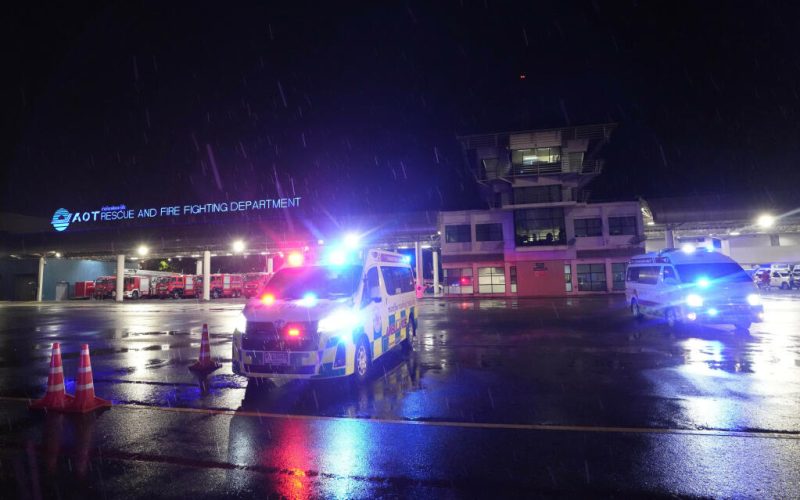About the Author:
Hi there! I’m Amelia, a pilot and travel enthusiast with a passion for aviation safety. I’m here to dissect the recent Singapore Airlines incident, navigate your concerns about air travel, and offer helpful tips for a smoother flight experience.
Tragedy Strikes: A Singapore Airlines Flight Encounters Devastating Turbulence
On [date of incident], a Singapore Airlines flight (SQ321) traveling from London to Singapore encountered severe turbulence, resulting in a tragic loss of life and multiple injuries. This incident serves as a stark reminder of the unpredictable nature of air travel, but also highlights the robust safety measures airlines have in place.
Understanding Turbulence: The Causes and Effects of Air Pockets
Turbulence is a common occurrence in air travel, caused by various factors such as air currents, wind shear (sudden changes in wind speed or direction), and atmospheric instability. These factors create pockets of rough air that can cause the airplane to bump, dip, and sway. While turbulence can be unsettling for passengers, it’s important to remember that modern aircraft are designed to withstand significant turbulence.
Passenger Safety First: How Airlines Prepare for Turbulent Skies
Airlines prioritize passenger safety and take extensive measures to minimize the risk and impact of turbulence. Pilots are trained to identify areas of potential turbulence using weather forecasts and sophisticated onboard radar systems. They also employ various techniques, like adjusting altitude or course corrections, to navigate through turbulence with minimal passenger discomfort.

What to Do During Turbulence: A Guide for Passengers
While turbulence can be unnerving, here are some tips to ensure a safe and comfortable experience:
- Always keep your seatbelt fastened: This is the most important safety measure during turbulence. Even during smooth flight, unexpected air pockets can occur.
- Follow crew instructions: Flight attendants will provide clear instructions before and during turbulence. Pay close attention and follow their guidance for optimal safety.
- Stow away carry-on luggage: Secure all loose belongings in the overhead compartment or under the seat to prevent them from becoming projectiles during turbulence.
- Maintain proper posture: Sit upright with your feet flat on the floor and lean slightly forward if instructed by the crew. This positioning helps brace yourself for potential bumps.
- Relax and take deep breaths: Turbulence can be anxiety-inducing, but focusing on slow, deep breaths can help you stay calm.
Staying Informed: Resources for Travelers Concerned About Air Safety
If you’re a frequent flyer or someone with anxieties about air travel, here are some resources to stay informed and prepared:
- The Federal Aviation Administration (FAA) website offers a wealth of information on passenger safety and common concerns during air travel https://www.faa.gov/.
- The National Air Traffic Controllers Association (NATCA) website provides insights into air traffic control procedures and how they contribute to safe air travel https://www.natca.org/.
- Reputable aviation news websites keep you updated on industry developments and safety regulations.
The Aftermath: Singapore Airlines Responds to the Incident
Singapore Airlines has expressed their deepest condolences to the families of those affected by the incident. They are cooperating fully with the investigation to determine the cause of the turbulence and are committed to providing all necessary support to the injured passengers and crew.
Moving Forward: Addressing Concerns and Prioritizing Passenger Well-being
The Singapore Airlines incident serves as a reminder of the importance of continuous evaluation and improvement in air safety protocols. As investigations unfold, the aviation industry will learn from this event and strive to further enhance passenger safety measures.
Travelers can be reassured that airlines prioritize passenger well-being and invest heavily in pilot training, advanced weather forecasting technology, and robust aircraft maintenance procedures. By staying informed and prepared for potential turbulence, you can contribute to a safe and comfortable flying experience.
Remember: While turbulence can be a disruptive experience, it’s crucial to maintain calm and follow crew instructions. Modern aircraft are built to withstand significant turbulence, and pilots are highly trained to navigate such situations.










